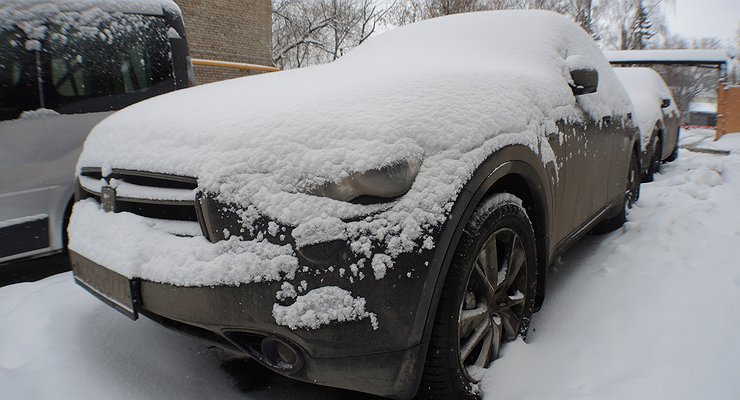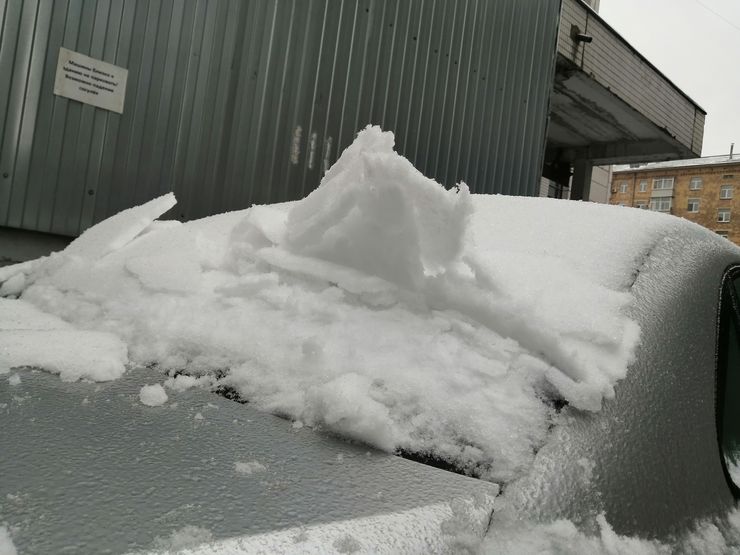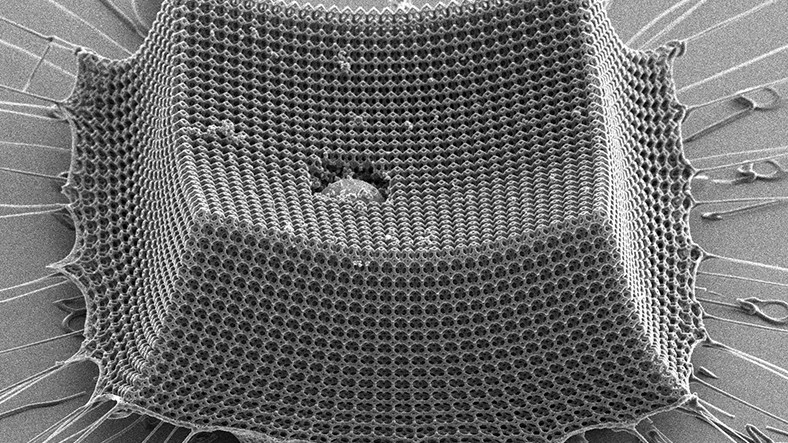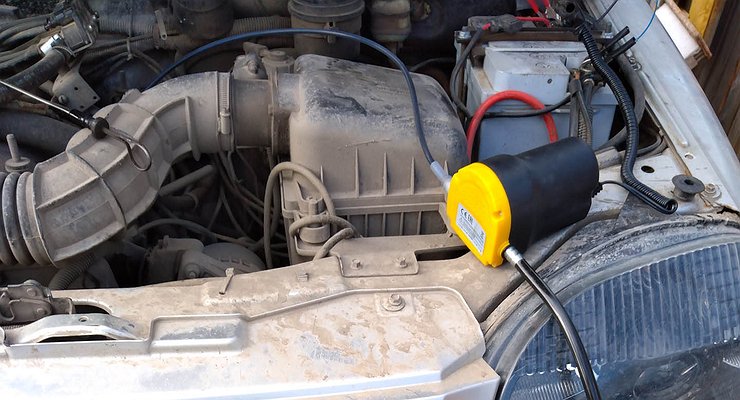Anyone who immediately digs out his car after another powerful blizzard should not worry: this material is not about him, but about a lover who leaves his “swallow” in the form of a snowdrift for a week or two. The AvtoVzglyad portal has not very good news for such car owners.
It is gloomy to quickly deal with the snow that has filled the car. But it has to! Because if you really let the car “grow” in a snowdrift, then there is a high probability that you will face more serious consequences than a back torn off from an unusual shovel. The fact is that snow, if it remains immobile for some time, has the property of clumping and compacting. For reference, we remember that the glaciers in the mountains are the former packed snow. It is quite difficult to wait for the appearance of a full-fledged glacier under the car in the conditions of the European part of Russia. Although it is possible – in case of a thaw.
But we will not consider such an exotic case. They are much more likely to face the consequences of snow plow work, such as shoving “snow slurry” under the bottom of parked cars. Which successfully hardens there a few days before the state of semi-ice. What happens when a relaxed motorist goes to his parked car, say a week after another snow apocalypse? Throwing snow from the roof and hood is a solvable task. As well as the unlocking of the driver’s door. Starting the car is also no problem. But at the initial stage, an unpleasant surprise is possible.
After all, before the snow hardened under the bottom, the snow there stuck around the suspension units and parts of the drive system. It crammed into the rims and “monolith” the brakes and hoses. And then it got firmer. And at the time of departure, all these things are subjected to a serious showdown – the snow, having turned almost to ice, will not go anywhere. As a result, the most vulnerable parts of the systems mentioned above suffer: anthers of CV joints and suspension mounts, as well as brake hoses. However, they can crack and burst. And not the fact that immediately and in tatters. But even a small crack in the trunk of the CV joint, which the owner of the car is not aware of, after a while guarantees the failure of this assembly – “thanks to” the ingress of road dirt into the mechanism.
And a brake hose that has “pulled” somewhat from its rightful place after some time can completely jump off with the next strong braking, leaving the car with no chance to slow down in a critical situation. Well, the snow that has accumulated on the discs and frozen there is a guarantee of a strong blow to the steering wheel due to a powerful imbalance of the wheels. Which in no way extends the life of the suspension or steering. Meanwhile, all these “charms” and devastating repairs to eliminate them are not so difficult to avoid – if you are not too lazy and dig out the car immediately after the snowfall is over, when you can easily scoop up the “white mess” that has underneath not hardened yet.
It is gloomy to quickly deal with the snow that has filled the car. But it has to! Because if you really let the car “grow” in a snowdrift, then there is a high probability that you will face more serious consequences than a back torn off from an unusual shovel. The fact is that snow, if it remains immobile for some time, has the property of clumping and compacting. For reference, we remember that the glaciers in the mountains are the former packed snow. It is rather difficult to wait for the appearance of a full-fledged glacier under the car in the conditions of the European part of Russia. Although it is possible – in case of a thaw.
But we will not consider such an exotic case. They are much more likely to face the consequences of snow plow work, such as shoving “snow slurry” under the bottom of parked cars. Which successfully hardens there a few days before the state of semi-ice. What happens when a relaxed motorist goes to his parked car, say a week after another snow apocalypse? Throwing snow from the roof and hood is a solvable task. As well as the unlocking of the driver’s door. Starting the car is also no problem. But at the initial stage, an unpleasant surprise is possible.
Indeed, before it hardened under the bottom, snow stuck there around the suspension units and parts of the drive system. It crammed into the rims and “monolith” the brakes and hoses. And then it got firmer. And at the time of departure, all these things are subjected to a serious showdown – the snow, having turned almost to ice, will not go anywhere. As a result, the most vulnerable parts of the systems mentioned above suffer: anthers of CV joints and suspension mounts, as well as brake hoses. However, they can crack and burst. And not the fact that immediately and in tatters. But even a small crack in the trunk of the CV joint, which the owner of the car is not aware of, after a while guarantees the failure of this assembly – “thanks to” the ingress of road dirt into the mechanism.
And a brake hose that has “pulled” somewhat from its rightful place after some time can completely jump off with the next strong braking, leaving the car with no chance to slow down in a critical situation. Well, the snow that has accumulated on the discs and frozen there is a guarantee of a strong blow to the steering wheel due to a powerful imbalance of the wheels. Which in no way extends the life of the suspension or steering system. Meanwhile, all these “charms” and devastating repairs to eliminate them are not so difficult to avoid – if you are not too lazy and dig out the car immediately after the snowfall is over, when you can easily scoop up the “white mess” that has underneath not hardened yet.
Source: Avto Vzglyad
Donald Salinas is an experienced automobile journalist and writer for Div Bracket. He brings his readers the latest news and developments from the world of automobiles, offering a unique and knowledgeable perspective on the latest trends and innovations in the automotive industry.














